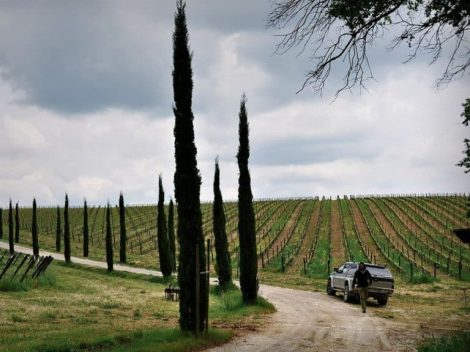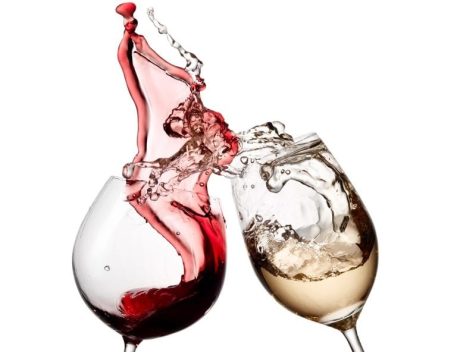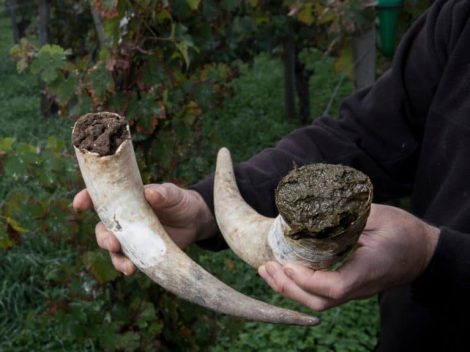After our exploration of Sangiovese with the best quality-price ratio, we return to Romagna to delve into the white side of the region. The flagship grape here is the indigenous Albana, known since Roman times, as mentioned by Pliny the Elder, Pliny the Younger, Caton, and Varro.
Possibly originating from Latin, the name likely refers to "albus," meaning white, describing the grape's color rather than the Colli Albani. The first official description of a grape called Albana dates back to the 14th century in Pier de' Crescenzi's Agricultural Treatise, which outlined its production area as "Forlì and throughout Romagna."
Thanks to the grape's long and documented history, in 1987, Albana di Romagna became the first DOCG for a white wine. Today, the production regulations include four types: dry, semi-sweet, sweet, and passito. While passito was once the most prestigious, some producers shifted their focus to dry Albana, largely abandoning the sweet and semi-sweet versions.
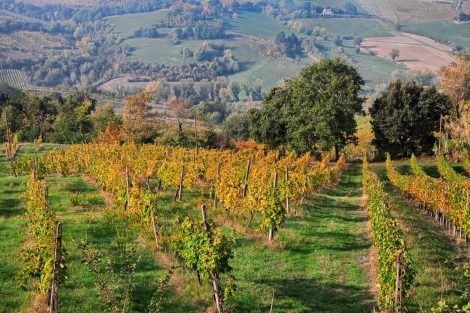
The past decade has seen a true revolution, with producers recognizing the grape's versatility. Some prefer maceration, others opt for a more classic vinification, and some believe the grape's characteristics make it perfect for Metodo Classico sparkling wines.
Here are some Albana wines with the best quality-price ratio, as featured in Gambero Rosso's Berebene 2024 guide, all priced under 20 euros
Amedeo by Stefano Zavalloni a dry Albana from an old vineyard planted in 1969. Intense aromas of broom, candied lemon peel, and aromatic herbs. Dry and fruity palate with a comforting mouthfeel and refreshing acidity. The Zavalloni family, sixth-generation viticulturists, operates in the province of Cesena.
Albana Codronchio by Fattoria Monticino Rosso. Success continues with this wine presenting saline and iodized scents, white currant notes, and hints of green lemon. Palate is full-bodied, with a beautiful acidic backbone, saline, and a lingering and satisfying finish. The winery was established in 1965 by Antonio Zeoli and is now led by his sons Luciano and Gianni.
Fifteen hectares of vineyards and a production that stands at around 15,000 bottles. These are the figures for Giovannini, an organic winery located in Imola. Among the wines presented, one that left a particularly strong impression on us the G.G.G. by Giovannini. A dry Albana aged for two years after harvest. Aromas of helichrysum and apricot, a fresh palate with hints of salinity and tannins, making it lively and enjoyable. The Giovannini family has been producing wine for three generations, operating organically in Imola.
Querciola by Fondo Cà Vecja. A Romagna Albana with strong character, featuring aromas of orange blossoms, dehydrated apricot, and candied lemon peel. Full-bodied and structured palate with a delicate tannic perception and a savory and long finish. An artisanal winery showcasing authentic wines highlighting the grape's characteristics.
Albana Vitalba 2022 by Tre Monti. Debuting with a varied aromatic profile of broom and chamomile flowers, citrusy notes of cedar, and quince. Full-bodied on the palate, excellent dynamism, and a clean and persistent finish. Sergio Navacchia founded the winery in the '70s, leaving his sons Vittorio and David to continue its legacy successfully.

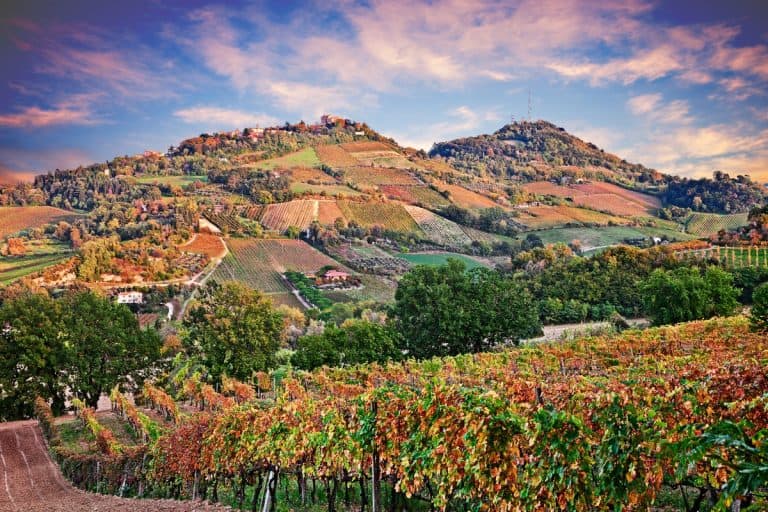
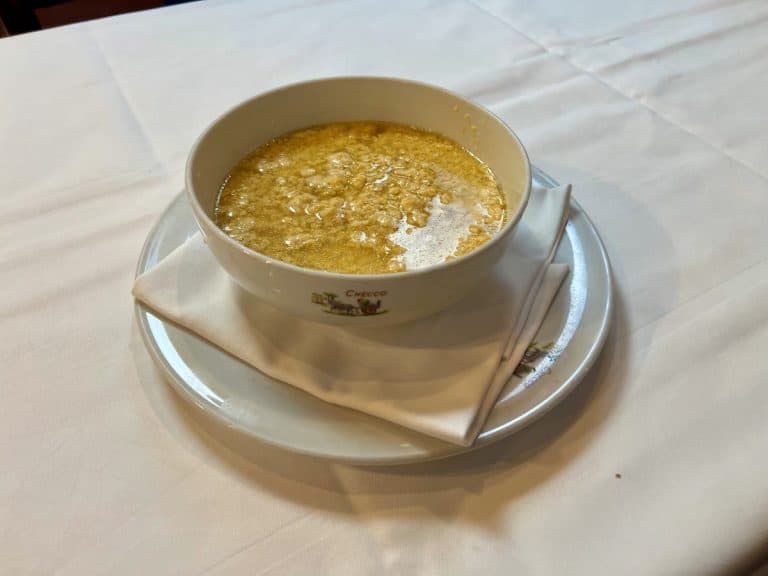 God Bless those who don’t forego Stracciatella on the evening of December 25th. Here’s the recipe from a renowned Roman trattoria
God Bless those who don’t forego Stracciatella on the evening of December 25th. Here’s the recipe from a renowned Roman trattoria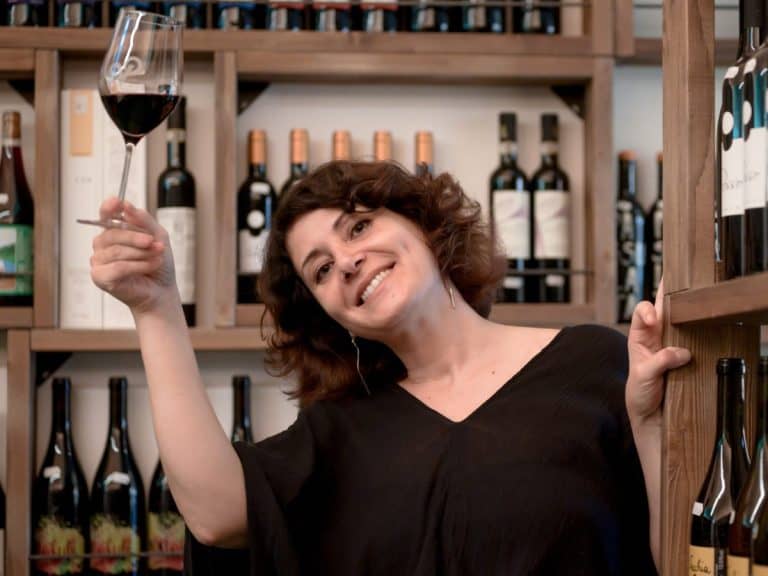 Hidden in an old district of Perugia lies one of Italy's cosiest wine bars
Hidden in an old district of Perugia lies one of Italy's cosiest wine bars Christmas Eve dinner and Christmas Day lunch: festive traditions rooted in Solstice feasts
Christmas Eve dinner and Christmas Day lunch: festive traditions rooted in Solstice feasts George Washington had his secret recipe: here’s how Eggnog made a comeback in Europe
George Washington had his secret recipe: here’s how Eggnog made a comeback in Europe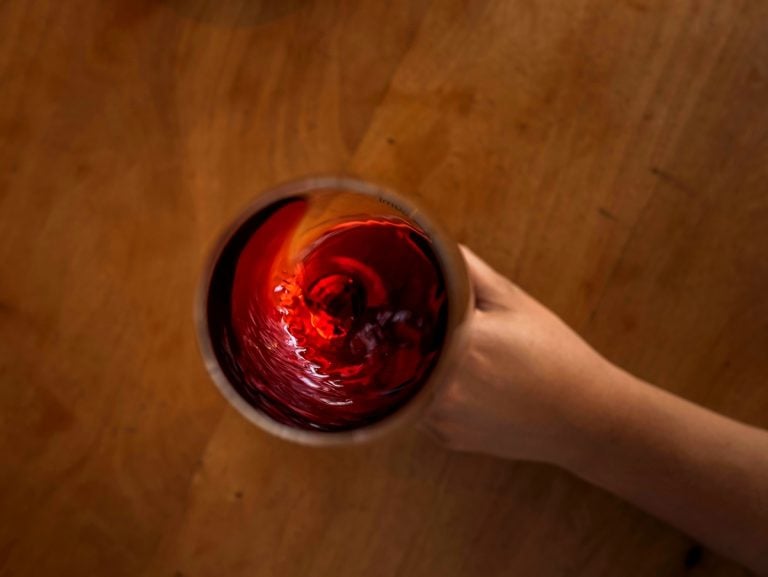 Historical breakthrough: Italy will also produce dealcoholised wines. Lollobrigida signs the decree
Historical breakthrough: Italy will also produce dealcoholised wines. Lollobrigida signs the decree